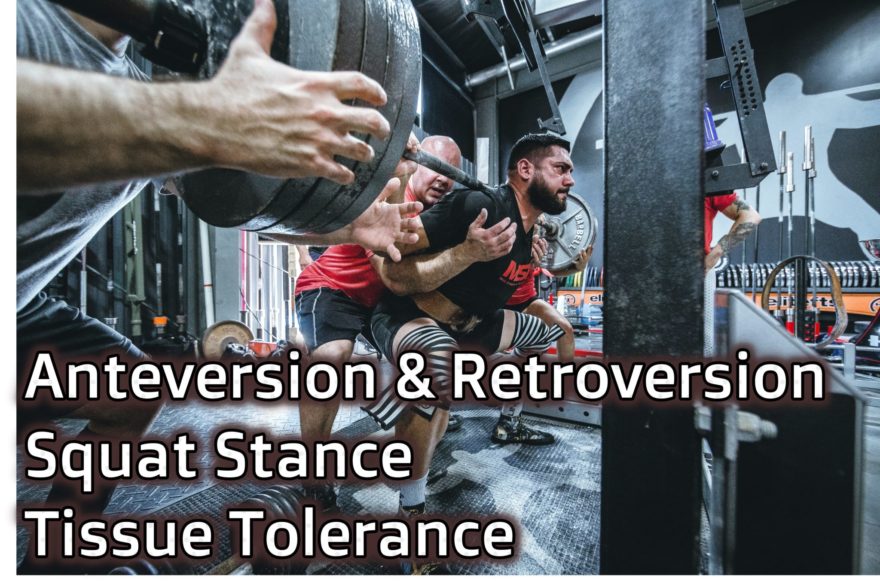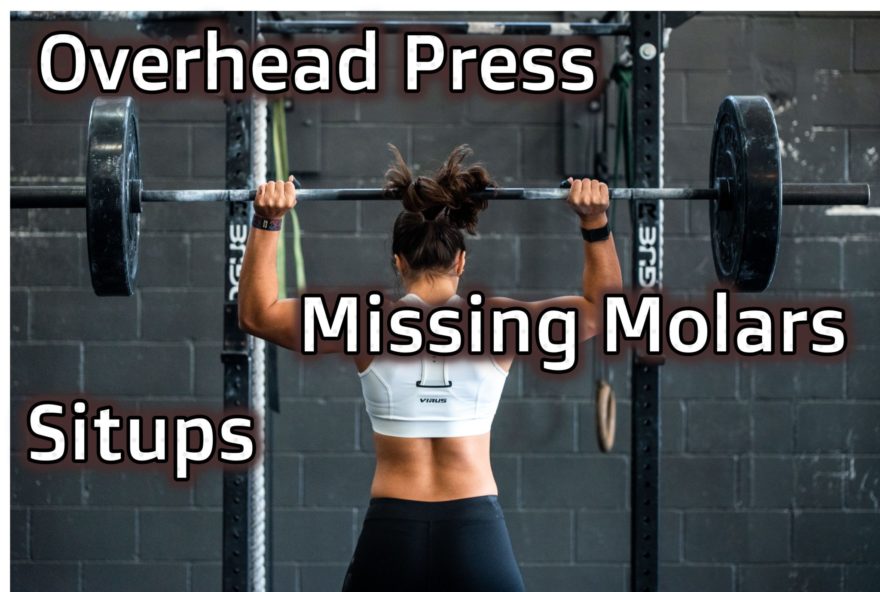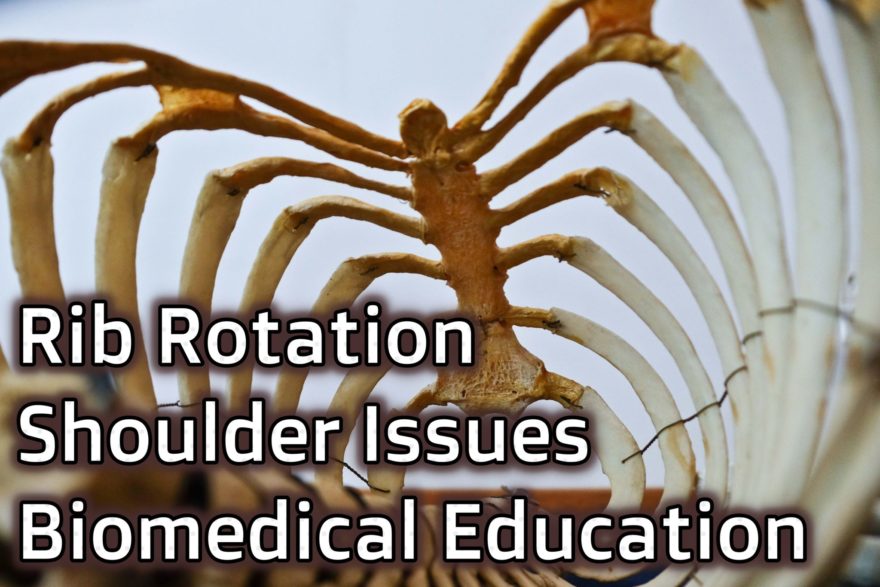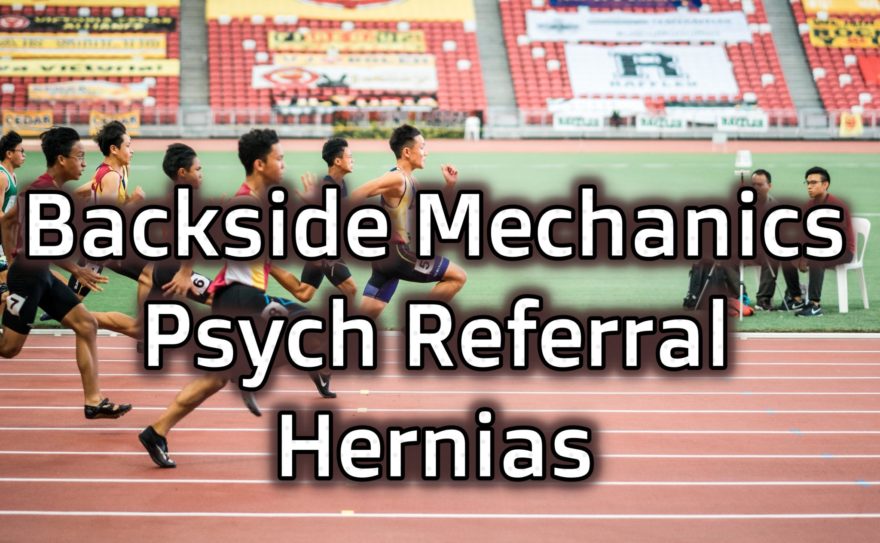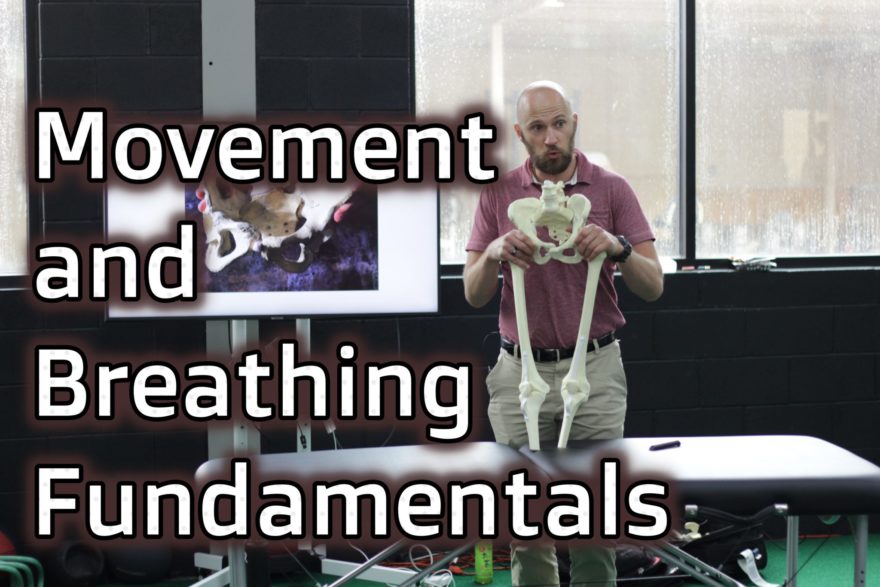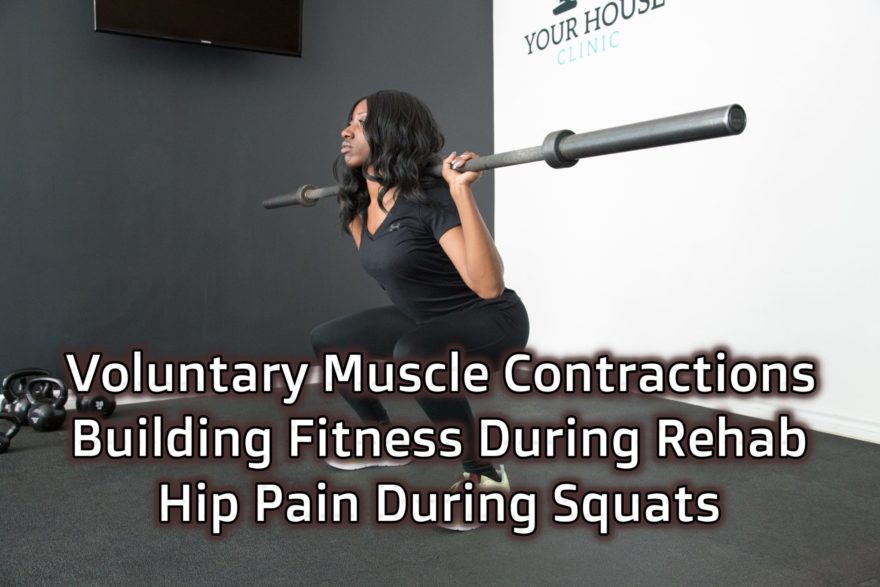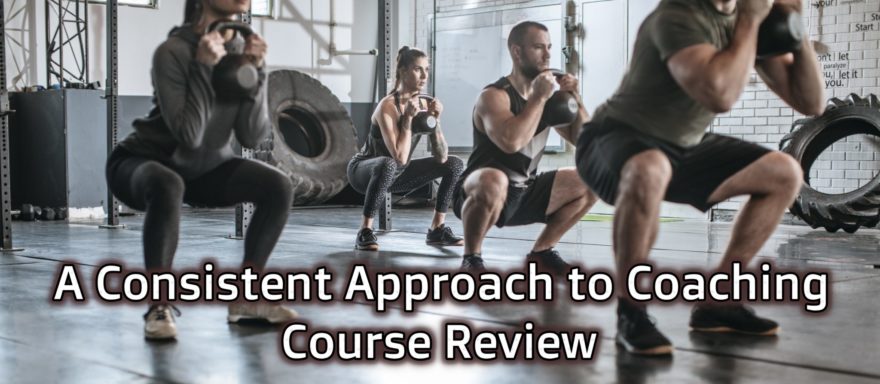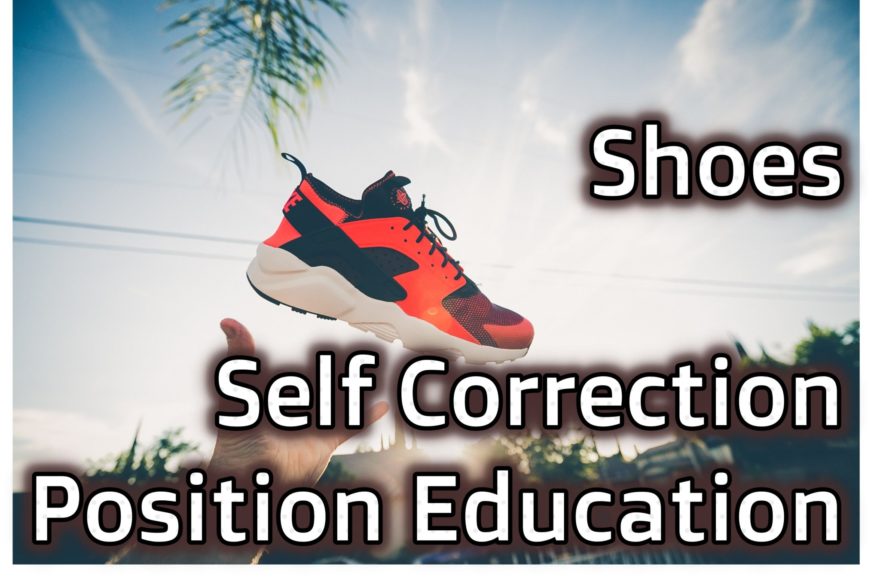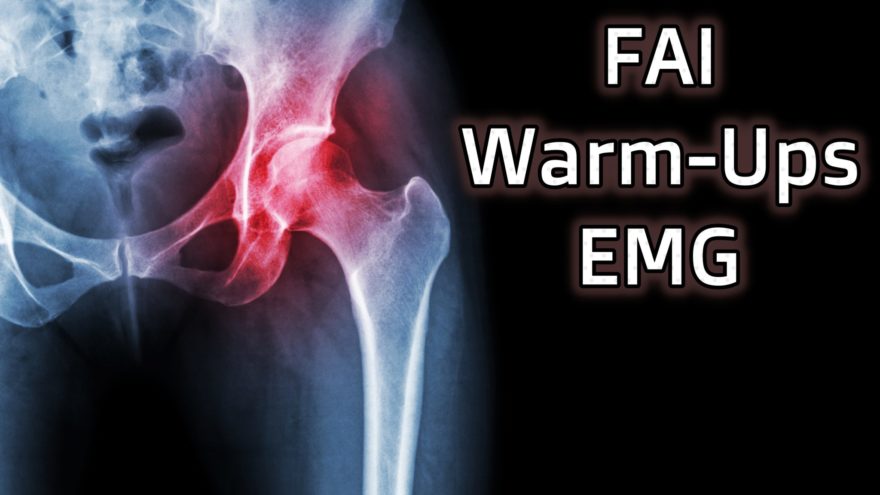Choosing movements that are best for a client requires knowledge of basic biomechanics. That includes the biomechanics of respiration. Yet oftentimes developing the biomechanical knowledge base can be incredibly challenging. It’s easy to get lost in terminology and being able to classify what you see. Let me help you solve this problem. For those of you who haven’t attended Human Matrix: The Code for Maximal Health and Performance, part of the pre-course material involves developing the terminology and knowledge base. I wanted to share this material with you. In Human Matrix: Foundations, you will learn biomechanical principles that will help you make better movement-based decisions for you patients and clients. Having the fundamentals down will allow you to appreciate movement differently, and improve you ability to classify various movements. This course includes the following subject areas: Terminology – planes of motion Physiological movements Movements of the scapula Movement of the hip Ribcage respiratory mechanics Spinal respiratory mechanics Pelvis respiratory mechanics Scapular respiratory mechanics Unsure if you got the material, that’s why I had my guy Levi Kirkpatrick create some amazing quizzes to test your capabilities. Application is the best way to learn, and we’ve provided that for you. Here is one of the videos featured in this course: The best part? It’s 100% free to you, the fam, to sign up. If you’d like to check out this course, all you have to do is sign up for my newsletter. You’ll get an email with access to this course, 5
Read More